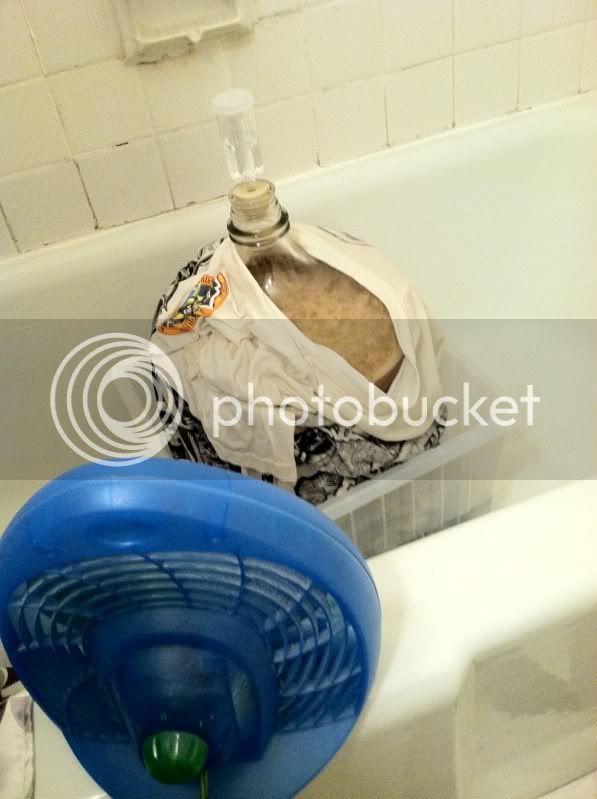I recently moved into a 393 square foot New York City apartment. I have NO room for fermentation temp control, but my apartment is at a steady 78-82 year round. I've searched wyeast temp reccomendations and here's what' I've come up with: below is a list of wyeast that have ferm. temps listed upto 78 F or higher. The Belgian strains as a group have the highest average temps overall, but I left out the lambics/sours.
There are only four yeast listed with a temperature range greater than or equal to 78 F.
3724 | Belgian Saison™ (Spicy, aromatic, mild fruity, acidic)
Temperature Range: 70-95F, 21-35C
1388 | Belgian Strong Ale™ (complex ester, subtle phenolics)
Temperature Range: 64-80° F (18-27° C)
1214 | Belgian Abbey™ (esters, spicy)
Temperature Range: 68-78° F (20-24° C)
3787 | Trappist High Gravity™ (balance of fruity esters and phenolics)
Temperature Range: 64-78F, 18-25C
I've tried a few yeast with varying success. 1187 Ringwood (64-74F) was really fruity and stalled around 1.020. Nottingham never lets me down, but can get a little harsh with a slight nasty fruity/banana flavor if temps get into the 80s. I have a 1332 Northwest Ale (65-75 F) in secondary right now, that's coming out without any off flavors, little friuty and malty just like wyeast describes it.
Any body have any experience with hi temp fermentation. Any suggestions for an APA?
There are only four yeast listed with a temperature range greater than or equal to 78 F.
3724 | Belgian Saison™ (Spicy, aromatic, mild fruity, acidic)
Temperature Range: 70-95F, 21-35C
1388 | Belgian Strong Ale™ (complex ester, subtle phenolics)
Temperature Range: 64-80° F (18-27° C)
1214 | Belgian Abbey™ (esters, spicy)
Temperature Range: 68-78° F (20-24° C)
3787 | Trappist High Gravity™ (balance of fruity esters and phenolics)
Temperature Range: 64-78F, 18-25C
I've tried a few yeast with varying success. 1187 Ringwood (64-74F) was really fruity and stalled around 1.020. Nottingham never lets me down, but can get a little harsh with a slight nasty fruity/banana flavor if temps get into the 80s. I have a 1332 Northwest Ale (65-75 F) in secondary right now, that's coming out without any off flavors, little friuty and malty just like wyeast describes it.
Any body have any experience with hi temp fermentation. Any suggestions for an APA?




